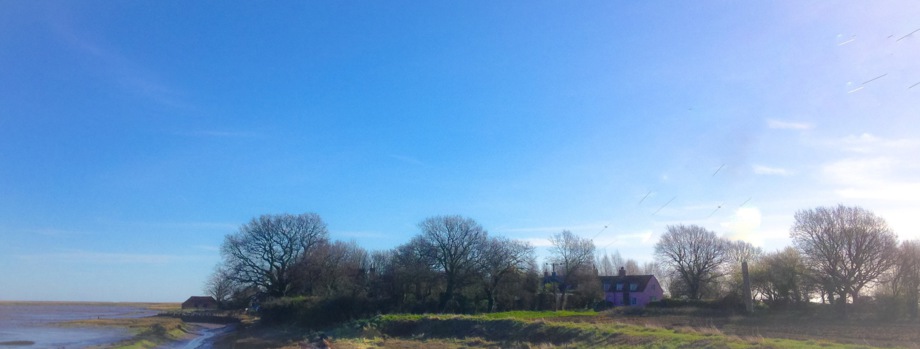
Tara and White Tara Mantras
Tara is a tantric meditation deity who is used by practitioners of the Tibetan branch of Vajrayana Buddhism to develop certain inner qualities and understand outer, inner and secret teachings about compassion and emptiness. Tara is actually the generic name for a set of Buddhas or Bodhisattvas of similar aspect. These may more properly be understood as different aspects of the same quality, as Bodhisattvas are often considered metaphors for Buddhist virtues.Tārā became a very popular Vajrayana deity with the rise of Tantra in 8th-century Pala and, with the movement of Indian Buddhism into Tibet through Padmasambhava, the worship and practices of Tārā became incorporated into Tibetan Buddhism as well. She eventually came to be considered the "Mother of all Buddhas," which usually refers to the enlightened wisdom of all the Buddhas, while simultaneously echoing the ancient concept of the Mother Goddess in India.
Her root Mantra is:
Om Tare Tuttare Ture Svaha
Tara is a forest goddess, and is generally associated with plant life, flowers, acacia (khadira) trees and the wind. Because of her association with nature and plants, Tara is also known as a healing
goddess (especially as White Tara) and a goddess of nurturing and fertility. Her pure land in Mount Potala is described as "Covered with manifold trees and creepers, resounding with the sound
of many birds, And with murmur of waterfalls, thronged with wild beasts of many kinds; Many species of flowers grow everywhere." Her association with the wind element (vaayu) also means that she is
swift in responding to calls for aid. White Tara's seven eyes enable her to clearly "see" all beings in all the realms of existence
White Tara is particularly associated with healing, protecting and stabilising of the life-force.
Tara's name means "star" or "planet" and therefore she is associated with navigation and travel both literally and metaphorically as spiritual crossing to the 'other side' of the ocean of existence
(enlightenment) Hence she is known literally as "she who saves" in Tibetan. In the 108 Names of the Holy Tara, Tara is 'Leader of the caravans ..... who showeth the way to those who have lost it' and
she is named as Dhruva, the Sanskrit name for the North Star.
White Tara (Sarasvati) is associated with longevity. White Tara counteracts illness and thereby helps to bring about a long life. She embodies the motivation that is compassion, is very swift to
help, and is said to be as white and radiant as the moon. White Tara's mantra is Tara’s root mantra,
(Om tare tuttare ture svaha) but energized with additional intentions and “words of power.” After Om Tare Tuttare Ture—and before the final Svaha—the mantra adds “Mama Ayuh Punya Jnana Pushtim Kuru
Svaha, thus becoming:
Om Tare Tuttare Ture Mama Ayuh Punya Jnana Pushtim Kuru Svaha
Pronounced: oṃ tā re tu ttā re tu re ma ma ā yuḥ pu ṇya jñā na pu ṣṭiṃ ku ru svā hā
Mama — “mine” or “I would like to possess these qualities”
Ayuh —”long life” — for which White Tara is famous
Punya — “merit” — to live ethically
Jnana — “wisdom”
Pushtim — “increase”
The White Tara mantra can be modified from a “personal” affirmation to one targeted at someone else. As we have seen, the “Mama” in the mantra means “mine”, or “I” or “me” meant for self
healing. Simply replacing “Mama” with the name of another person sends Tara’s healing power and blessings to someone else. For
instance, if we wanted to practice the White Tara Mantra for the long life of our teacher or parents, we would substitute for Mama:
Om Tare Tuttare Ture (person’s name) Ayuh Punya Jnana Pushtim Kuru Svaha
Here is is a link to the beautiful Root Tara chant by Ani Choying Dolma:
Also, a link to White Tara's Mantra dedicated in this version, to Anandamayi Ma:
Or this White Tara Mantra